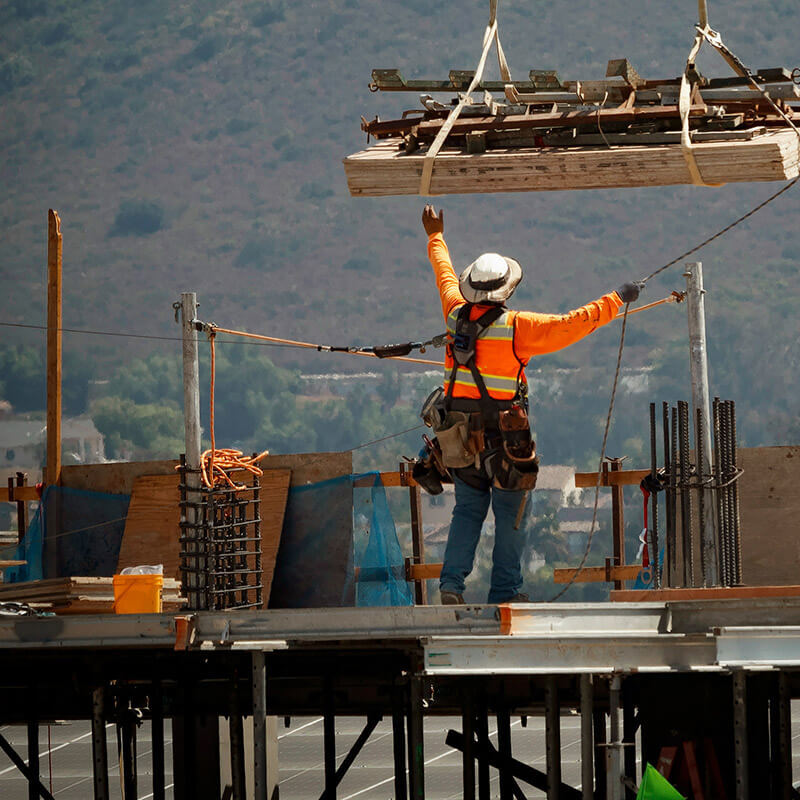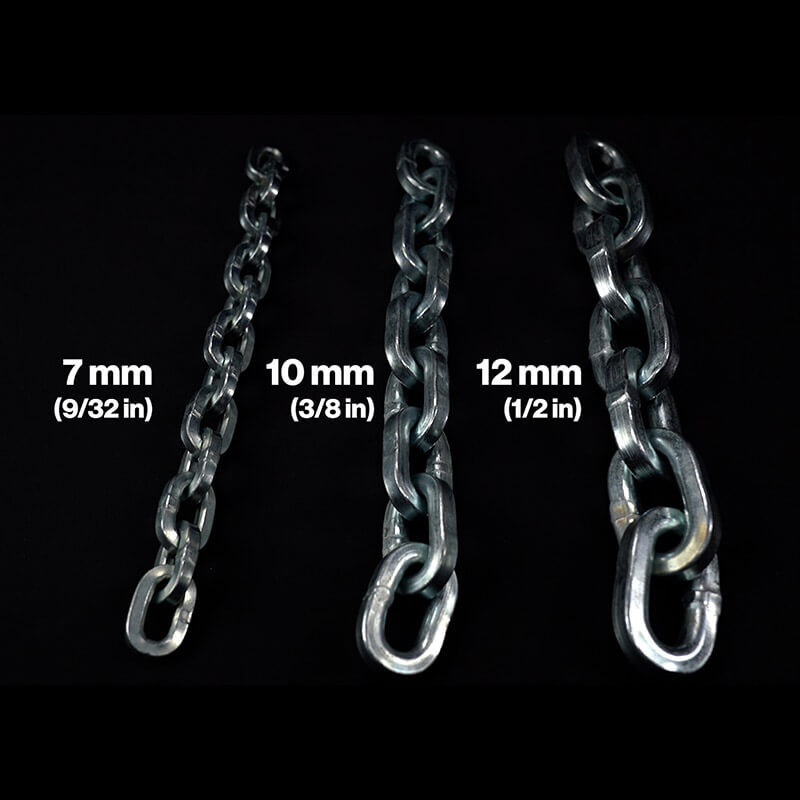What do arborists use to climb trees?
Did you know arborists might try three to three hundred times to throw a ball over a tough branch? This shows how skilled and equipped they are for tree climbing. They use tools for safety, efficiency, and to protect the environment. This lets them move through trees without harming them.
When thinking about what do arborists use to climb trees, it's key to know the variety of tree climbing gear they use. They have special tree climbing equipment like ropes and harnesses. They also use advanced systems for safety and to care for the trees.
Key Takeaways
- Arborists may need multiple attempts to throw a throw ball over a branch, ranging from three to three hundred shots in challenging situations.
- Professional tree climbing gear includes ropes, harnesses, lanyards, helmets, and other specialized equipment.
- Tree climbing equipment is designed to minimize damage to the tree, maintaining its health and structural stability.
- Anchor points in tree climbing are carefully selected based on experience and judgment to ensure optimal movement and safety.
- Advanced climbing techniques such as Doubled Rope Technique (DdRT) and Stationary Rope Technique (SRT) are employed for efficient ascent and slack management.
- Personal protective equipment (PPE) is crucial for arborist safety, including work positioning systems and self-belay systems.
- Ascenders are used to distribute climbing effort between the leg muscles and upper body, reducing strain and increasing efficiency.
Tree Climbing Equipment: The Essentials
The success and safety of tree climbing depend on the right equipment. From climbing ropes to tools like carabiners and ascenders, each item is crucial. Here, we explore the essential gear every arborist needs.
Climbing Ropes
Climbing ropes are key for any arborist. They help to climb up, down, and move around a tree. Arborists prefer double braid ropes, 11 mm (7/16 inch) thick, for strength and ease of use.
Brands like Teufelberger make ropes like the Dynaglide throw line. It has a breaking strength of 1000 pounds and is over two millimeters thick. This ensures it's durable and performs well.
Tree Climbing Harness
A tree climbing harness is vital for support and weight distribution. Models like the Notch Sentinel cost between $400 to over $500. They offer features for "Work Positioning" to keep arborists comfortable and secure.
Climbing Spikes and Spurs
Tree Climbing spikes, or spurs, are key for removals or climbing dead trees. However, using them on living trees can cause damage. These tools help arborists stay stable on tree trunks and limbs during tough tasks.
Carabiners and Ascenders
Carabiners and ascenders are vital for safe and efficient climbing. Triple-lock gate carabiners ensure connections are secure, preventing accidents. Ascenders make climbing up easier, allowing arborists to ascend with less effort while staying safe.
Features like self-locking safety gates on carabiners add to the overall safety.
Tree Climbing Techniques: DdRT and SRT
Tree climbing has changed a lot, with Doubled Rope Technique (DdRT) and Stationary Rope Technique (SRT) being key methods. Each has its own benefits for safety, movement, and energy use.
DdRT, also known as Moving Rope System (MRS), has been used for years. Climbers move about half their body weight up or down. They pull twice the rope length for every foot they climb. This method puts 100% of the climber's weight on the tree, so it's very important to test it well.
SRT, which is becoming more popular, uses a fixed line for climbing. It allows for faster climbs and less strain on the body. But, it needs a more complex setup and can lose its advantage when moving quickly.
SRT can be anchored in two ways: at the top or at the base. Each anchor holds 100% of the climber's weight. It uses mechanical prusiks to support the climber. Tools like foot ascenders make climbing more efficient in both MRS and SRT.
It's important for arborists to know the differences between MRS and SRT. SRT is safer and easier to climb, but DdRT has its uses too.
Both techniques are useful, and practicing with them makes climbers versatile. Training in SRT can make climbing safer and less tiring.
What do arborists use to climb trees?
Arborists use special equipment to climb trees safely and efficiently. They need *Work Positioning Systems*, important *PPE (Personal Protective Equipment)*, and gear for climbing. Knowing how to use these tools is key for safety and getting the job done right.
Work Positioning Systems
Work Positioning Systems help arborists stay safe while working in trees. They use harnesses, climbing ropes, and anchors. Climbing ropes, like the Dynaglide, are strong and last long.
Arborists also use the Rope Wrench for climbing and different harnesses. This ensures they stay safe and comfortable while working.
- Petzl Sequoia - Known for its ergonomic design and durability.
- Teufelberger TreeMotion - Offers excellent support and mobility.
- Notch Sentinel - Highly adjustable and reliable for various tasks.
PPE (Personal Protective Equipment)
Safety is a top priority in arboriculture. Arborists wear PPE like eye protection, helmets, ear protection, boots, and gloves. Helmets from Petzl and Kask protect against falling debris.
Earplugs and earmuffs are used to block out the noise of chainsaws. Boots are chosen for strong ankle support and protection from rough terrains.
- Eye Protection - Shields eyes from debris.
- Helmets - Petzl and Kask are top choices for head protection.
- Ear Protection - Both earplugs and earmuffs are advised to prevent hearing damage.
- Gloves and Boots - Offers grip and foot stability on various surfaces.
Manual and Mechanical Gear
Arborists use both manual and mechanical gear to climb trees efficiently. They use tools like pulleys, ascenders, throw lines, and throw balls. Ascenders and mechanical devices like the Notch Dragon make SRT climbs easier.
Manual gear, like climbing ropes, is chosen for its strength and durability. This is important for safety and lasting use.
- Pulleys and Ascenders - Helps in smooth tree ascent and descent.
- Throw Lines and Throw Balls - Essential for setting up climbing ropes accurately.
- Mechanical Devices - Notch Dragon for efficient SRT climbing.
Using the right *Work Positioning Systems*, *PPE*, and *manual and mechanical gear for tree climbing* is crucial. It ensures arborists can work safely and efficiently. The right equipment is key to their safety and success.
Conclusion
Choosing the right tree climbing gear and techniques is crucial for arborists. The right ropes, harnesses, and spikes are key to safety and efficiency. Studies show that certain rope sizes, like 38 mm, increase work cycles before fatigue.
Technological advancements have improved tree climbing methods. Research by Fund4Trees and the Arboricultural Association has led to safer climbing. Techniques like SRT and MRT reduce chronic injuries, making climbing safer and more efficient.
Consistent skill development and Personal Protective Equipment (PPE) are also vital. Items like helmets and gloves protect arborists. By using the latest equipment and techniques, arborists can care for trees safely and effectively. This commitment to safety and efficiency is essential for tree health and longevity.
At Bishop Lifting we carry everything arborists need for staying safe when climbing trees with the best tree climbing gear and kits you can buy online and have shipped directly to you.
FAQ
What do arborists use to climb trees?
Arborists use special climbing gear for safety and efficiency. They use ropes, harnesses, spikes, carabiners, ascenders, and PPE.
What are climbing ropes used for in tree climbing?
Climbing ropes help arborists go up, down, and sideways in trees. They test different ropes and hitches for a safe climb.
Why do arborists use tree climbing harnesses?
Harnesses support and spread out the weight of the climber. This is key for safety and comfort while climbing.
When do arborists use climbing spikes and spurs?
Arborists use spikes and spurs for dead or removal trees. They avoid using them on living trees to prevent damage.
How do carabiners and ascenders contribute to tree climbing?
Carabiners and ascenders help climbers go up with less effort. They ensure safety and efficiency.
What are the DdRT and SRT techniques?
DdRT uses a rope loop for movement. SRT uses a stationary line for faster climbs but needs more setup.
What are Work Positioning Systems?
Work Positioning Systems use ropes, harnesses, and anchors. They let arborists safely reach different parts of the tree.
What PPE do arborists use for tree climbing?
Arborists wear helmets, gloves, and boots for protection. This gear helps prevent injuries from falls or debris.
What manual and mechanical gear is used in tree climbing?
Arborists use muscle power and mechanical tools like pulleys. Choosing the right equipment is crucial for safety and success.
What Is a Kernmantle Rope Used For?
Nov 21st 2025
What Is a Fall Protection Harness?
Nov 14th 2025
What are the four components of a PFAS?
Nov 7th 2025
Is Palmer Safety OSHA Compliant?
Nov 3rd 2025
What’s the Hardest Chain to Cut?
Oct 20th 2025
What are the most common tools used in rigging?
Oct 13th 2025
What Is the Strongest Security Chain?
Oct 7th 2025
Are Pewag Chains Good?
Oct 3rd 2025
What Are DuckBill Anchors Used For?
Sep 26th 2025











